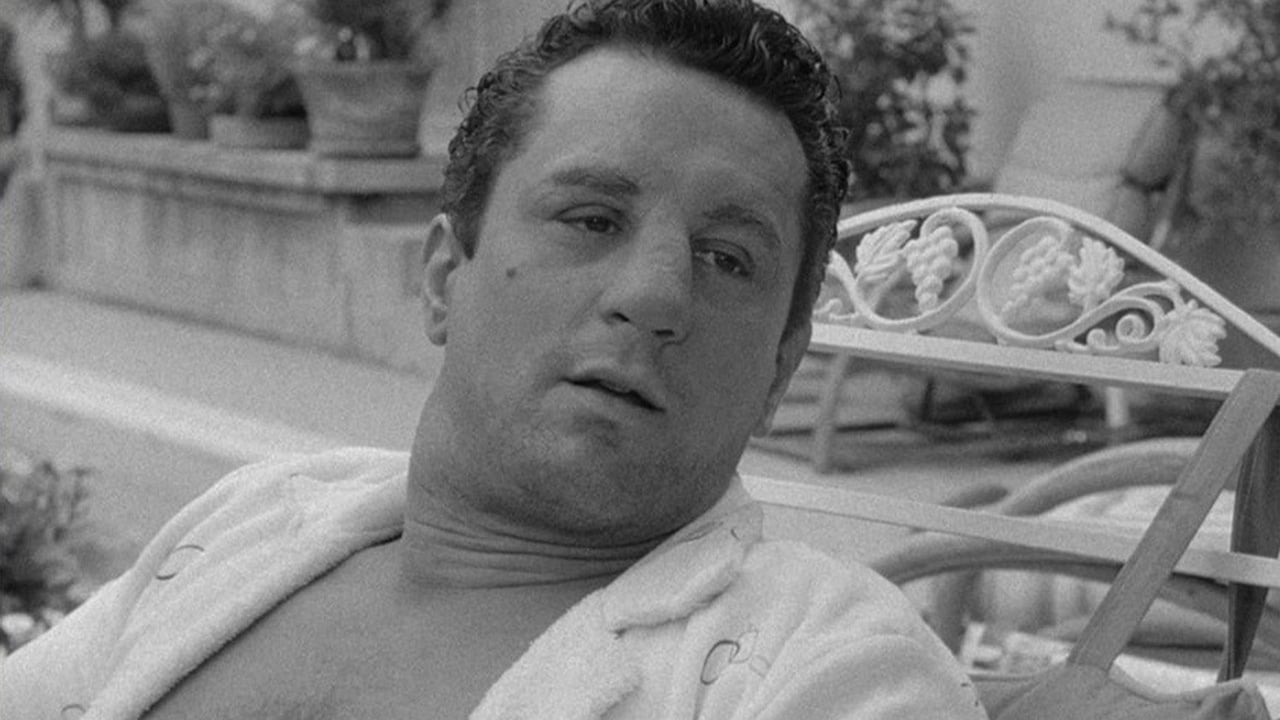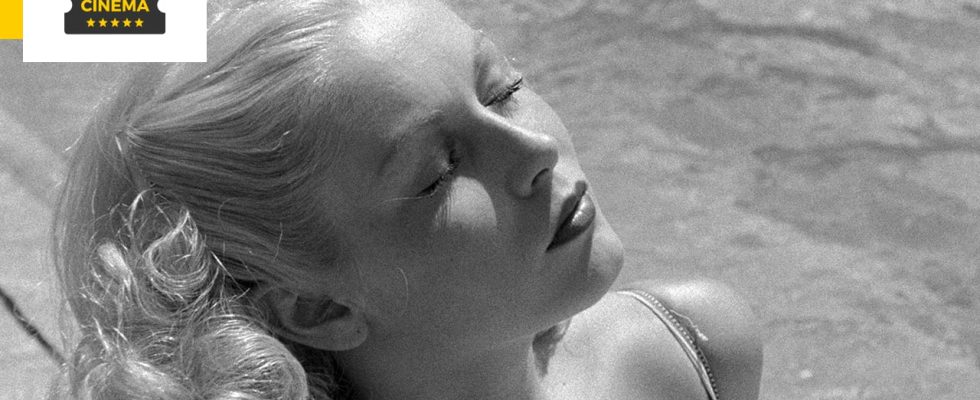In 1980, the director Martin Scorsese offers us a feature film that will have the effect of a monumental explosion in the world of cinema: Raging Bull! This major work comes out on April 12 in a restored 4K version.
March 25, 1981 is a date to mark with a white stone. Raging Bull, Martin Scorsese’s new film, lands in French cinemas, attracting 450,000 spectators. On a global level, the feature film will be a commercial semi-failure, but a critical triumph!
Later, this major work by Martin Scorsese will become a cult film and will be considered the greatest boxing film ever made. In addition, in 1990, Raging Bull was voted best film of the decade by American critics.
Park Circus Films released the feature in theaters on April 12 in a restored 4K version, a good way to pay tribute to this film that almost never saw the light of day.
At the end of the 1970s, Martin Scorsese was at rock bottom. The bitter failure of New York, New York at the box office affected him a lot and he drowned his discomfort in drugs, especially cocaine.
SCORSESE VERY BAD
The director’s health is declining and his relatives are very worried about him. “I was trying to reassure them, to tell them that everything was fine. Then I went to the Telluride film festival on labor day weekend, and when I got back to New York, I completely collapsed “confides the maestro in the book of interviews with Richard Schickel, Conversations with Martin Scorsese.
The filmmaker explains that he ended up in the hospital, where he was visited by Robert De Niro. “He asked me if I wanted to do Raging Bull. In fact, we were working on it from Taxi Driver. I realized that I had nothing else to do. I had already played all my cards. Even my friends went their separate ways. I was alone”recalls Scorsese.
“It was time to get back to work. And what I discovered then, in Raging Bull and in my following films, was that I had to accept my internal conflict. There comes a time in life when you get used to to ourselves, we are like that and we will have to deal with it”underlines the director.
DE NIRO TO THE RESCUE
Robert De Niro therefore takes Martin Scorsese out of his lethargy and his addictions and offers him this golden project on a platter. The director grabs it and begins work, despite his reluctance to shoot a boxing film.
“I knew absolutely nothing about boxing. For me, the weekend fights that we saw on TV or in the cinema all looked alike. Always filmed from the same angle. I had absolutely no idea what was going on. I didn’t understand anything about it. It was sport that first dissuaded me from making this film”reveals Scorsese.
DR
Despite his ignorance of the combat sport, the one nicknamed Marty managed to deliver a monument of the 7th art. His way of filming the clashes surprised everyone, breaking completely with what we could see at the time.
Scorsese notably decided to film with only one camera placed inside the ring; he wanted us to feel the feelings of the boxers and directly involve the spectator in these games.
INTENSE FIGHTS
It took over a month of shooting just for the fight sequences; the latter required surgical precision, although they only represent about ten minutes of the film.
Robert De Niro will be involved body and soul for the character of Jake LaMotta, not hesitating to sculpt the body of a sharp athlete before gaining 30 kilos to embody the athlete at the time of his decline.

DR
“I got up early in the morning then I had a good breakfast, then a big lunch and a big dinner. Then I went to France and there I ate in all the three stars. I was in agony , but in one week, I had gained five kilos”explained the artist.
THE GREATEST BOXING FILM
De Niro will be awarded the Oscar for Best Actor for his performance. For her part, Thelma Schoomaker, historical collaborator of Scorsese, will win the statuette for Best Editing. In all, Raging Bull garnered 8 nominations for the 1981 Oscars.
Today, Raging Bull is still considered the greatest boxing film in cinematic history.
